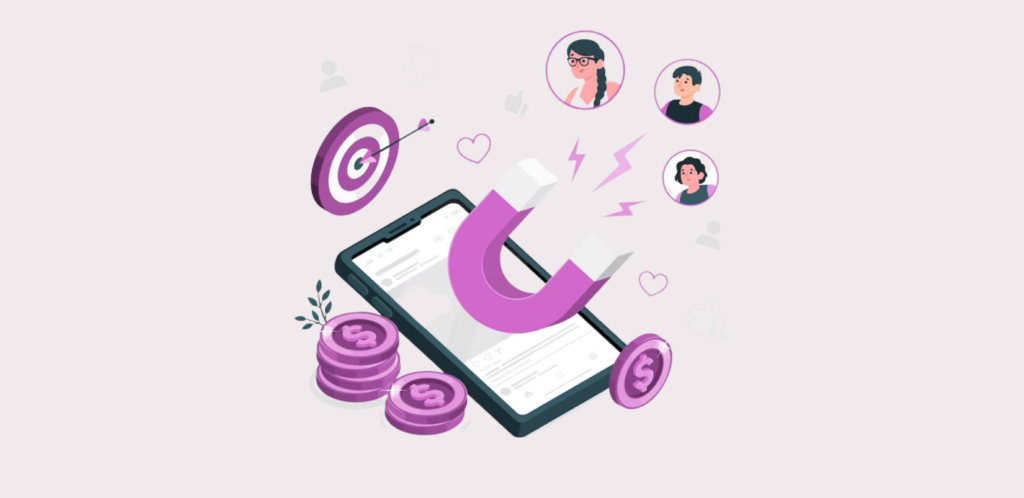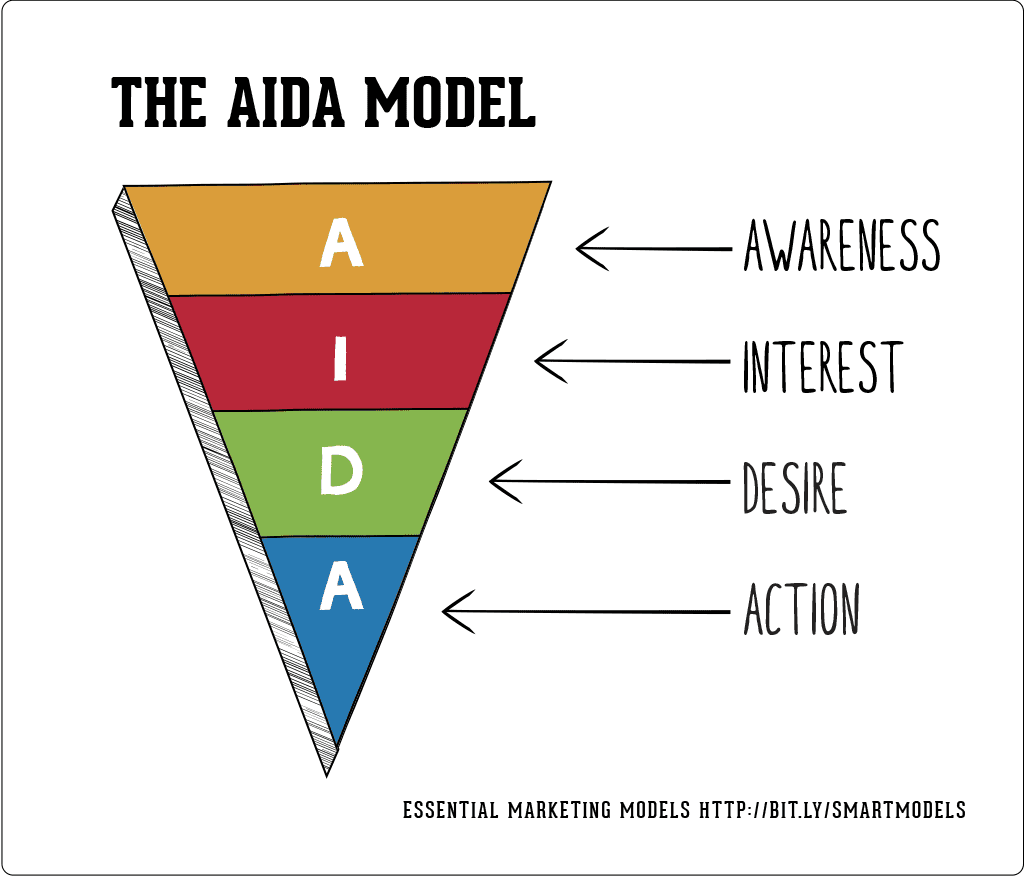Product
Picture this. After months of hard work, you finally launched your product as a product owner. Congratulations! Give yourself a pat on the back!
It boasted impeccable features and provided a superior user experience. Investors and users were impressed by its usability and its ability to solve their problems!
You even caught a little luck and gained chart topping success with your product, appealing to thousands of users every month. However, despite the success and raving product reviews on Product Hunt, something still doesn’t feel right. But why? Only a few of your returning customers are actually converting. Meanwhile, the analytics are showing that users who have signed up never returned after their first interaction with your product. Why? It needs attention.
This article explores the significance of user activations and provides top marketing tactics to enhance user engagement with your product, positively impacting your revenue. It also discusses strategies and metrics to improve the user activation process. Get ready to explore and improve your product’s user activation with excitement!
First, what does user activation mean?
User activation is a crucial step in converting new users into long-term, engaged customers. It involves onboarding users and getting them to start using your product.

User activation occurs between the acquisition, onboarding, and monetisation phases of the customer journey. It is essential to effectively activate users by hooking them on your product to achieve retention and monetisation goals. This can be seen, for example, when a user upgrades from a trial to a premium subscription and when a user uses their credit card information in your mobile app to transact.
What importance does user activation hold for a product?
Achieving product/market fit is crucial for success, but it’s only the beginning. Activation is just as important. The onboarding and activation process is the first interaction users have with your product and sets their initial impression. Not only is the onboarding and activation process the only part of the product that 100% of your users are exposed to but it’s also the phase where users form their first impression of your product. Make sure your onboarding and activation process is exciting and captivating to ensure market success. User activation is a great indicator of product-market fit.
So, how can you achieve an activation paradise? By designing a user experience that is so captivating and intuitive that users can’t help but dive right in. User activation ensures a smooth onboarding experience, reducing any confusion or frustration new users may encounter. A well-structured activation process can help users understand how to navigate the product and achieve their desired outcomes, enhancing their overall experience. Make it as easy as possible for them to see the value, explore the features and take the important actions that will keep them coming back for more.
To easily understand the importance of user activation, highlighted below are a few:
- Increases retention and customer lifetime value: Activation helps retain users by ensuring they understand the product’s benefits and are motivated to continue using it. By activating users early on, you increase the likelihood of them becoming long-term customers, positively impacting customer lifetime value.
- Improves customer engagement: Activated users are more likely to engage with the product and explore its features, leading to increased usage and interaction. Active users provide valuable feedback, refer others to the product, and become brand advocates, driving further growth.
- Reduced churn: By effectively activating users, you can decrease the likelihood of them abandoning the product. Users who understand how to derive value from the product are less likely to churn or switch to a competitor.
- Boosts data collection and product iteration: During the activation phase, you can collect valuable user data and insights. By constantly monitoring user behaviour and interactions, you can consistently identify key areas for improvement, optimise the product and refine your marketing strategies to meet user needs better.
- Drives advocacy and introduces upselling/cross-selling opportunities: Activated users who know your product value are more inclined to recommend your product to others and provide positive reviews. Additionally, activated users who have experienced the value of your product are more receptive to additional offerings or upgrades ; This is a great opportunity to upsell or cross-sell complementary products or features by activating users and establishing trust.
User activation is a key factor in taking users from being aware of and considering your product, to actively using and benefiting from it. This is showcased with the AIDA model, which explains the buying process a potential buyer or user goes through before being fully committed to a product.

By focusing on user activation, you can foster excitement and enthusiasm among your product users, encourage them to take action and fully embrace your product.
Tactics must you explore to improve your product’s user activation process
Here’s several tactics you must explore to enhance your product’s user activation process:
- Provide seamless onboarding experience: When users have a poor experience using your product for the first time, they’re likely to abandon it in search of better alternatives. To offer users that fluid experience, it’s important to minimise barriers or any friction as much as possible from the online experience that can discourage users, such as simplifying the registration process.
- Create tutorials and interactive guides: Make interactive guides with clear and concise messages to help users understand key features and functionalities. Use tooltips, pop-ups, or step-by-step walkthroughs which highlight essential elements and demonstrate how to perform specific tasks.
- Provide in-app support and resources: Use in-app support channels such as chatbots, help centres, or knowledge hubs to provide simple answers to help users navigate your product. You can also provide easily accessible resources like FAQs, video tutorials or community forums on landing pages to address common questions and provide instant assistance.
- Leverage email marketing campaigns: Email campaigns are a powerful tool to boost user activation and drive engagement with your product. According to a study, over half of consumers prefer to keep in touch with a business via email updates. You can create meaningful connections with your users by establishing a personalised, direct communication channel with your target audience. Email segmentation campaigns can be used to nurture users who are interested in certain parts of your product, or certain features. Some ideas include providing useful tips, case studies, customer success stories and many more.
Email campaigns can make great touchpoints for users at different customer lifecycle stages. An automated welcome email followed by a series of nurturing emails can foster customer activation for new users. Active users can benefit from feature updates, prompts to explore new features, or notifications about ongoing sales. You can also re-engage dormant users through email, such as sending reminders for abandoned checkouts and encouraging them to complete their purchases.
- Adopt limited-time offers: Limited-time offers are an effective marketing tactic for user activation. It capitalises on the psychological principles of scarcity and the fear of missing out (FOMO). When users see your product as scarce, they are quickly motivated to secure the opportunity before it escapes them.
To ensure the success of a limited-time offer, the offer must be clear so users quickly grasp the potential benefits. You should also provide ample decision-making time and a prominent call to action to encourage them to act. Limited-time offers could come in the form of early-bird discounts, flash sales, time-constrained discounts to upgrade to a higher payment plan, using Countdown timers to enforce your offer visually and personalised offers to re-engage a dormant customer.
- Reward your users: Rewarding users is a fantastic way to boost their morale and engagement levels. Offering them rewards not only shows your appreciation but also increases the perceived value of your product. For example, giving a new user access to premium features for a limited time can encourage them to subscribe to a premium plan compared to someone who hasn’t previously experienced premium features.
Rewards come in different ways, and you can tailor them to the customer lifecycle stage. You could offer new users a 10% discount on their selected pricing plan if they sign up that day. You can reward active users for their loyalty over time, such as advanced-level customer support, an exclusive VIP community or even early access to new features. Rewards could also come as social currency, such as badges or leaderboards. Users will be motivated to get more badges or move up on the leaderboard, encouraging them to reach more activation milestones.
- Adopt in-app/web messaging: In-app/Web messaging is valuable for improving user activation. It does so by providing timely and personalised information for users, reducing friction during user activation. This tactic helps to offer users real-time assistance while they’re interacting with your product. This could be live chat support or a chatbot where users can ask questions about any issues they have while using the product.
Most importantly, in-app/web messages can provide personal recommendations based on user preferences and past interactions. Analysing user data enables you to serve your users with content or suggestions that are relevant to them.
- Get feedback from users: Actively seek feedback from users during the activation process by using surveys, feedback forms, or user testing sessions to understand their pain points, gather insights, and identify areas of improvement. Addressing user feedback helps refine the onboarding process and enhance user satisfaction. Also, you must analyse user behaviour by utilising analytics tools to track the behaviour and patterns of users during the activation process. Additionally, identify drop-off points or bottlenecks where users might disengage or abandon the onboarding process.
- A/B test and iterate: Continuously experiment with different activation strategies by conducting A/B tests. Test onboarding flows, messaging, or incentives to identify the most effective approaches. Iterate and refine your activation process based on data-driven insights and user feedback. Remember, the key is to continually iterate and improve your activation process based on user needs and feedback. By implementing these tactics, you can enhance the onboarding experience, drive user activation, and set the stage for long-term engagement with your product.
Activating users: Key takeaways for success
Implementing effective marketing strategies is essential for driving user activation, increasing conversions, and achieving overall business growth.
By utilising various tactics like offering a seamless onboarding process, creating impactful email campaigns, giving time-limited promotions, providing rewards to users, and using in-app or web messaging, you have the power to create an exciting user experience.
These tactics will enhance user engagement and encourage them to interact more with your product. With these strategies in place, you can look forward to a thriving and successful business.
Learn more about strategies to improve online experience with your digital products by reading more insights here, and follow us on LinkedIn, Instagram, and Twitter. To enquire about our product development services, say hello to us via daniel@studio14online.co.uk.